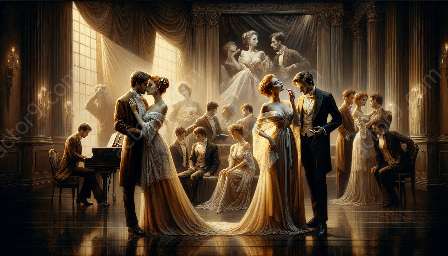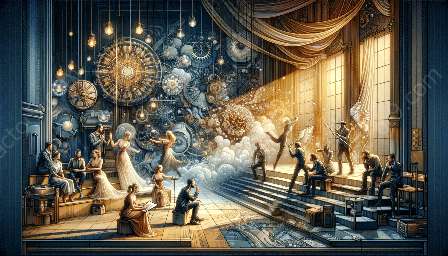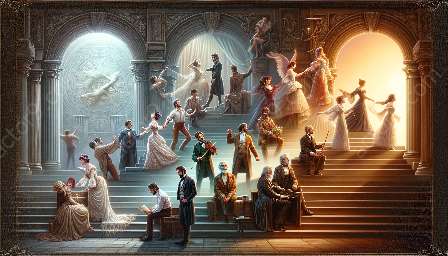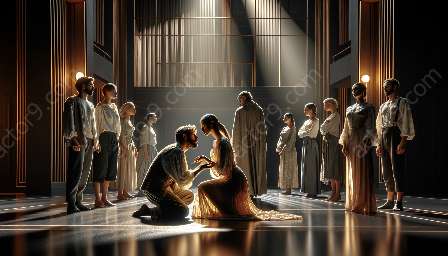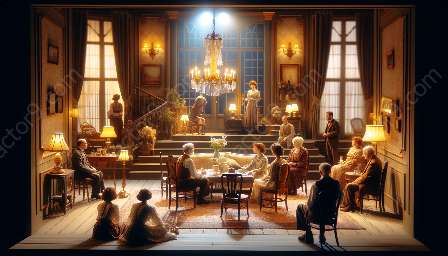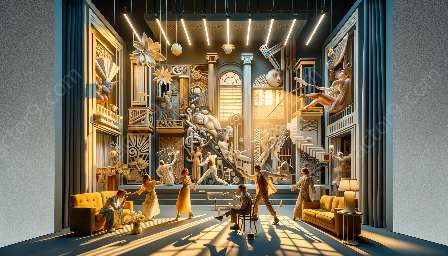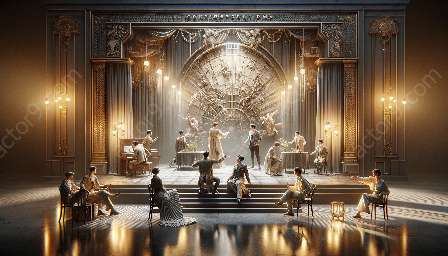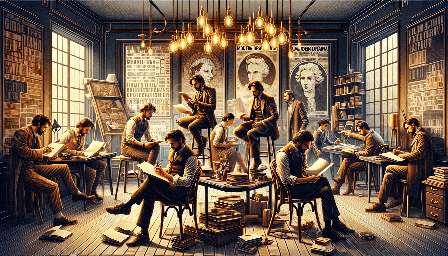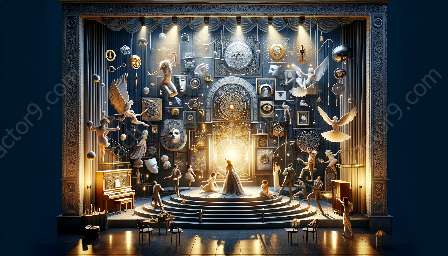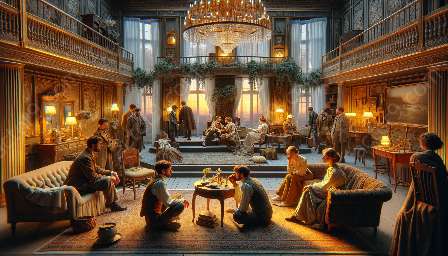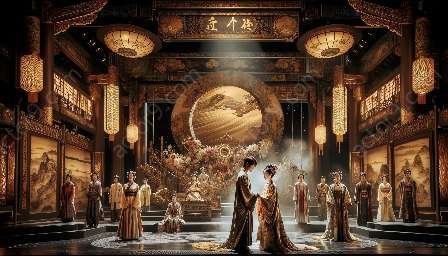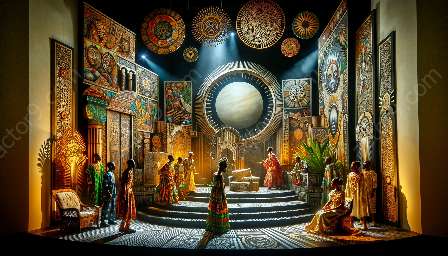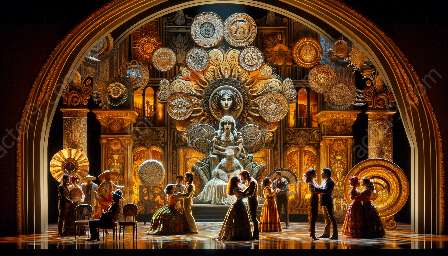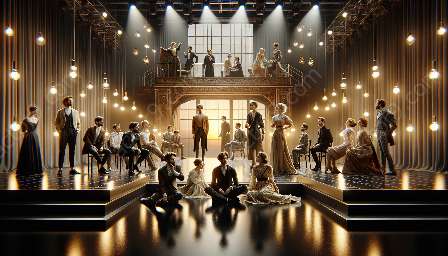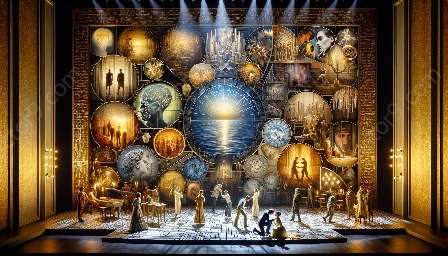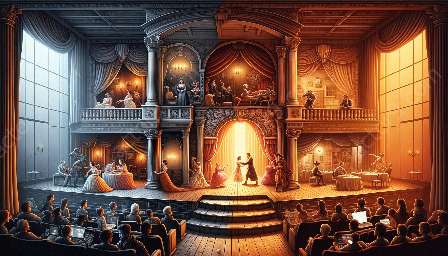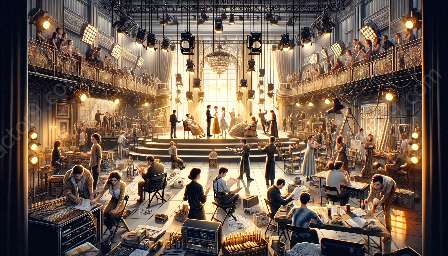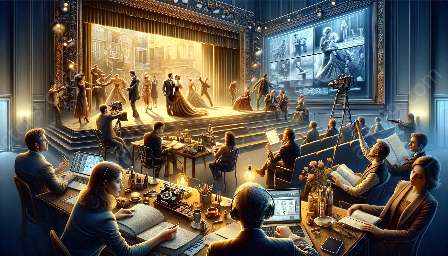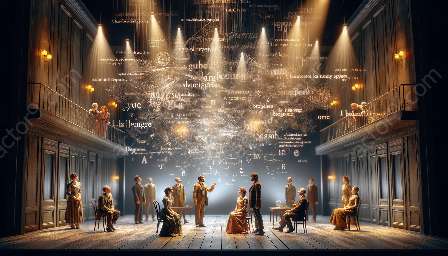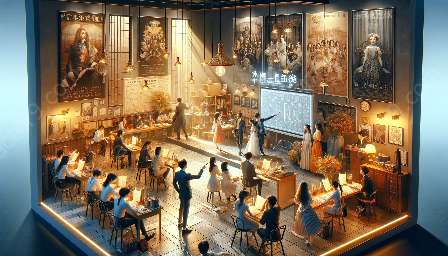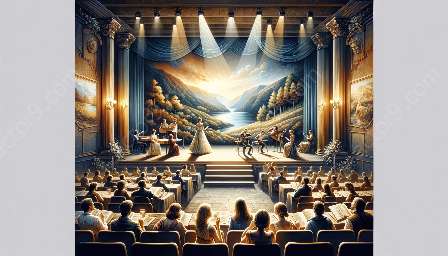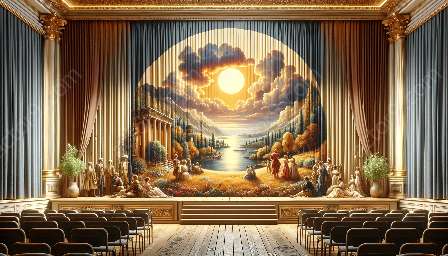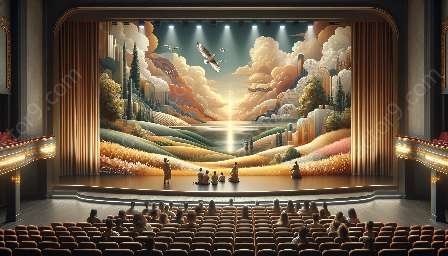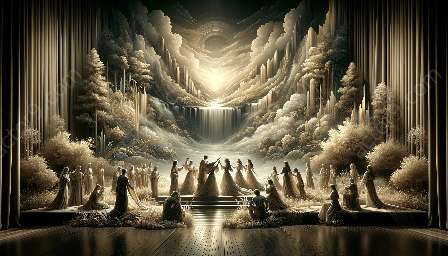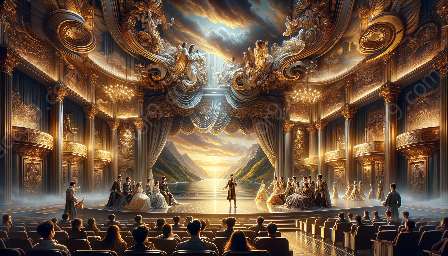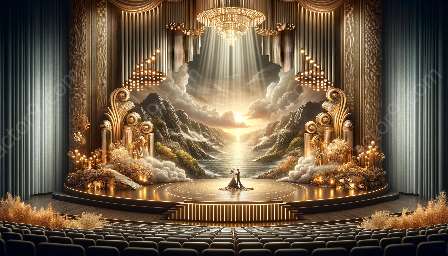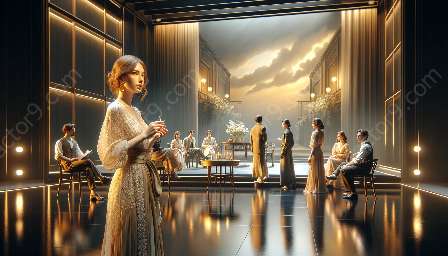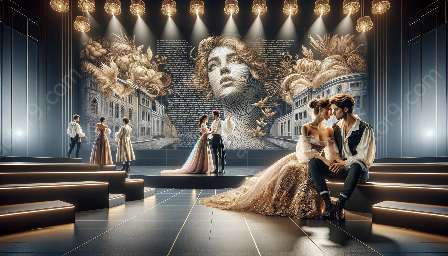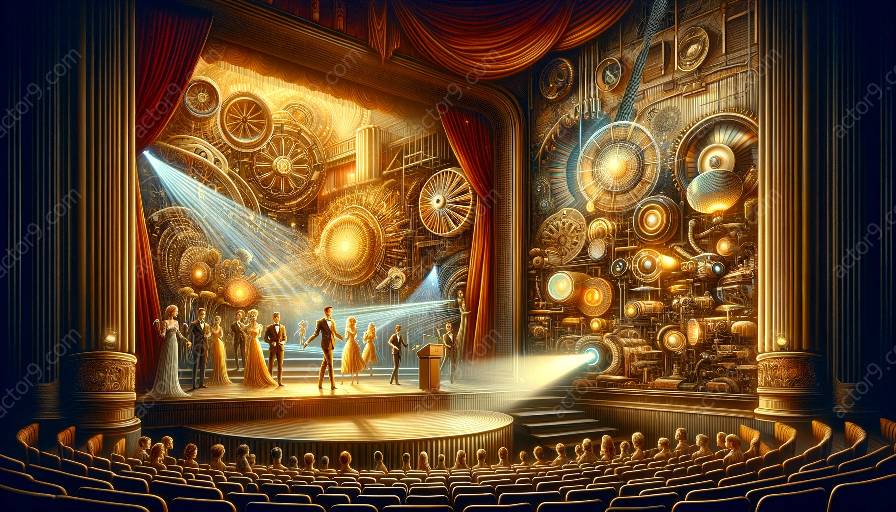Augmented reality (AR) has emerged as a transformative technology that holds the potential to revolutionize various industries, and its incorporation into modern theater is no exception. In this discussion, we will explore the application and integration of augmented reality in theatrical performances, focusing on its impact on modern drama and its compatibility with science and technology.
Understanding Augmented Reality
Augmented reality, often abbreviated as AR, is a technology that superimposes virtual elements onto the real world, thereby enhancing the user's perception and interaction with their environment. Unlike virtual reality (VR), which completely immerses users in a simulated environment, AR overlays digital content onto the physical world, creating an enriched sensory experience.
Integration of AR in Theater
The utilization of augmented reality in theater offers a myriad of possibilities for enhancing the audience's engagement and immersion. By integrating AR elements into live performances, theater productions can transcend the boundaries of traditional stage setups, allowing for dynamic and interactive storytelling that captivates the modern audience.
Enhancing Stage Design and Set Pieces
AR technology can transform the way stage designs and set pieces are utilized in theatrical productions. Through the use of AR-powered projections and visual effects, intricate and elaborate scenes can be brought to life, blurring the line between the physical and virtual realms. This innovation opens up new creative avenues for set designers and directors, enabling them to craft visually stunning and immersive experiences for theatergoers.
Interactive Audience Experiences
Modern drama is characterized by its desire to engage and challenge audiences in innovative ways, and the integration of augmented reality facilitates the creation of interactive and participatory experiences. With AR-enabled elements integrated into the performance space, audience members can become active participants in the narrative, influencing the unfolding of the story and fostering a deeper sense of connection with the theatrical production.
Compatibility with Science and Technology in Modern Drama
As modern drama continues to evolve, the incorporation of cutting-edge scientific and technological advancements becomes increasingly prevalent. Augmented reality aligns seamlessly with this trend, offering a harmonious integration of art and technology within the theatrical landscape.
Exploration of New Narrative Possibilities
With the integration of AR technology, playwrights and directors are empowered to explore new narrative possibilities that transcend conventional storytelling formats. The interactive nature of AR-enabled theatrical experiences allows for non-linear narratives, alternate realities, and dynamic audience interaction, presenting a fertile ground for the convergence of science, technology, and the performing arts.
Technological Spectacles and Special Effects
One of the hallmarks of modern theater is the relentless pursuit of creating captivating spectacles and awe-inspiring visual effects. Augmented reality provides a means to elevate the technical prowess of theatrical productions, enabling the seamless integration of technologically enhanced spectacles that push the boundaries of visual storytelling.
Impact on Modern Drama
The integration of augmented reality in theater has the potential to fundamentally transform the landscape of modern drama, ushering in a new era of immersive and boundary-pushing theatrical experiences. By harnessing the power of AR, modern theatrical productions can captivate audiences in unprecedented ways, blurring the lines between reality and art, and challenging the conventional perception of live performance.
Engagement and Immersion
The incorporation of AR technologies fosters heightened levels of engagement and immersion, enabling audiences to become active participants in the storytelling process. This enhanced connectivity between performers and spectators engenders a shared experience that is deeply resonant and impactful, redefining the audience's role in the theatrical ecosystem.
Artistic Innovation and Experimentation
Augmented reality serves as a catalyst for artistic innovation and experimentation within modern drama, empowering creators to push artistic boundaries and explore uncharted territories. The fusion of science, technology, and the performing arts gives rise to groundbreaking theatrical expressions that challenge preconceived notions of theatrical conventions and redefine the limits of artistic creativity.
Conclusion
In conclusion, the integration of augmented reality in theater heralds a transformative paradigm shift within the realm of modern drama. By seamlessly blending science and technology with the performing arts, AR empowers creators to craft immersive and dynamic theatrical experiences that resonate with contemporary audiences. As AR continues to evolve, its impact on theater will undoubtedly shape the future of dramatic storytelling, offering a gateway to unparalleled creativity and audience engagement.

